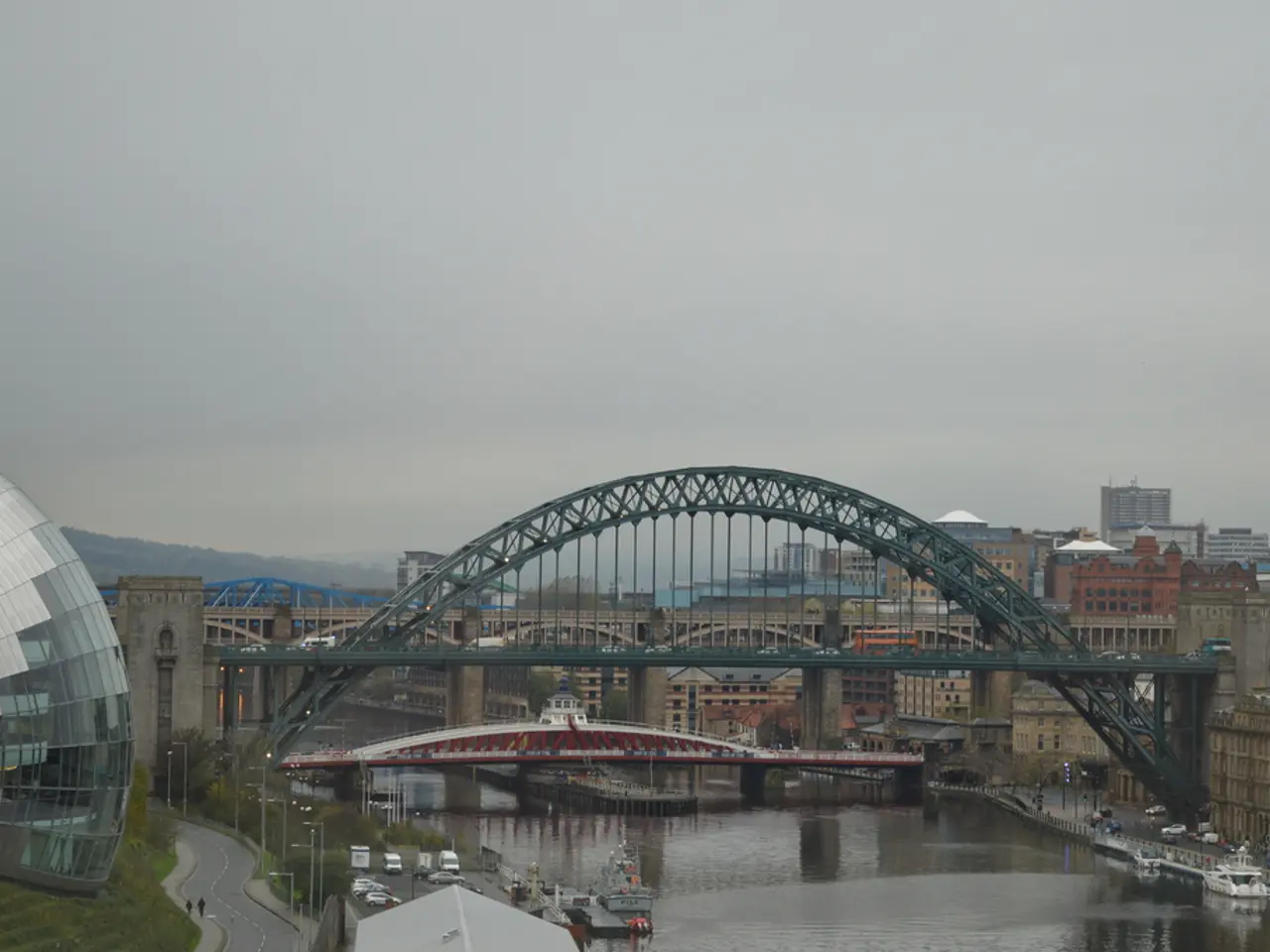Grounded Resilience, as expressed by Costas
=====================================================================================================================
Peru's Ministry of Foreign Trade and Tourism recently invited a speaker to discuss a pressing challenge: building social, ecological, and cultural resilience in tourism destinations where promise and peril coexist. The key question at the heart of the conversation was how to ensure tourism development honors local culture, ecosystems, and community decision-making.
The speaker shared inspiring stories from the Philippines, particularly from the Bojo River community in Aloguinsan, Cebu. In the face of threats like illegal fishing, mangrove depletion, outmigration, mining, and oil drilling, the villagers came together to create a tourism model rooted in ecological care and community control.
In Bojo River, village traditions are being revived. Men now work as river guides, craft makers, and ecological stewards. Tourism income in the community is over 70% local, and mangroves, corals, and marine life have rebounded. The Bojo River model has not only transformed the community but has also inspired similar efforts across the Philippines.
Another example of this approach can be seen in Mahagnao Volcano Natural Park, where women guide visitors and engage in shinrin-yoku, or forest bathing. In Sibalom Natural Park, locals and volunteer forest wardens guard ancestral lands and biodiversity hotspots.
However, tourism often outpaces land management systems, leading to displaced communities, degraded environments, and the erasure of local stories. To prevent this, the best practices for participatory land use planning in sustainable tourism destinations within APEC economies include:
- Engaging local communities and stakeholders actively in the planning process to ensure their needs, knowledge, and rights are incorporated. This enhances decision-making legitimacy and fosters local ownership of sustainable tourism initiatives.
- Integrating sustainable land use principles such as agroecology and analog forestry that protect biodiversity and ecosystem health, thereby supporting long-term environmental sustainability alongside tourism development.
- Adopting clear policy frameworks and guidelines that promote responsible environmental management and sustainable tourism growth, as exemplified by recent sustainable tourism policy frameworks like Seychelles’ approach, which combines environmental care with community benefits.
- Encouraging transparent and inclusive governance mechanisms that facilitate multi-level stakeholder coordination, including government, private sector, and civil society, to balance economic, social, and environmental objectives.
- Implementing ongoing monitoring and adaptive management to respond to environmental changes and socio-economic impacts, ensuring land use plans remain effective and sustainable over time.
- Incorporating low-carbon and eco-actions guidelines such as those defined in Earth Inclusive’s 13 guidelines to reduce tourism’s ecological footprint during land use planning and destination management.
These practices together create a participatory, ecosystem-focused, and policy-supported land use planning environment that underpins sustainable tourism development across APEC economies.
The speaker also joined the Technical Working Group on Sustainable Tourism and attended the Asia Pacific Economic Cooperation (APEC) Senior Officials' Meeting 3 in Incheon, Korea, to continue advocating for these practices and share the success of the Bojo River model with other nations. In another location, Sipaway Island, pandemic-displaced OFWs, fisherfolk, and habal-habal drivers protect Tañon Strait by opening homestays and conducting mangrove tours, demonstrating that these practices can be applied in various contexts.
In the Philippines, children in Bojo River are attending college, a testament to the improved quality of life in the community. The journey of Bojo River serves as a beacon of hope for sustainable tourism development, demonstrating that when local communities and ecosystems are at the heart of tourism initiatives, resilience and prosperity can be achieved.
- The government in the Philippines could learn from the success of the Bojo River community in Aloguinsan, Cebu, where local culture, ecosystems, and community decision-making were prioritized in tourism development.
- In the Philippines, sustainable home-and-garden practices can be adopted to complement the restoration of corals, mangroves, and marine life, reinforcing the ecological resilience of tourism destinations.
- By implementing participatory land use planning that emphasizes local culture, education, and self-development, the government can empower communities to make decisions that ensure long-term social and economic sustainability.
- Travelers seeking an authentic cultural experience in the Philippines could consider visiting Mahagnao Volcano Natural Park or Sibolom Natural Park, where locals engage in traditional practices like forest bathing and guarding ancestral lands.
- Learning from the Bojo River model and other sustainable tourism initiatives in the Philippines can inspire similar efforts in other APEC countries, ultimately enhancing regional ecological, social, and cultural resilience.




